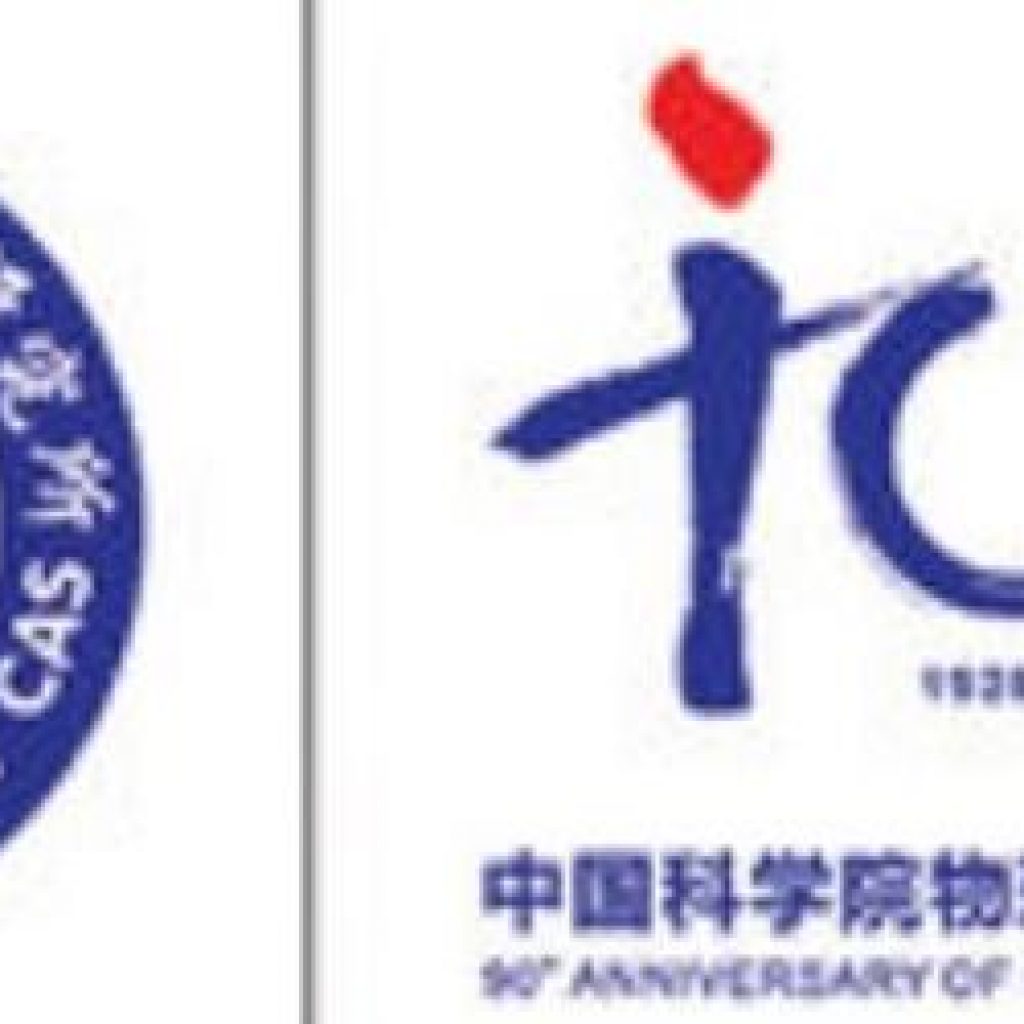(Spectrum.IEEE) Quantum cryptography remains the ostensibly impervious technology for which new hacks and potential vulnerabilities continue to be uncovered—perhaps ultimately calling into question its alleged unhackability.
Yet now comes word of a successful Chinese open-air test of a new generation quantum crypto system that allows for untrustworthy relay stations.
The previous iteration of quantum cryptography did not have this feature. Then again, the previous iteration did have successful ground and satellite experiments, establishing quantum links to transmit secret messages over hundreds of ki
The present new and more secure quantum crypto system is, perhaps not surprisingly, much more challenging to implement.
Because the cryptographic key can be securely transmitted even in the case of a potentially hacked detector at the relay station, the new method is called measurement-device independent quantum key distribution (MDI-QKD).
“It is not far-fetched to say that MDI-QKD could be the de-facto [quantum cryptography] protocol in future quantum networks, be it in terrestrial networks or across satellite communications.” says Charles Ci Wen Lim, an assistant professor in electrical and computer engineering and principal investigator at the Centre for Quantum Technologies at the National University of Singapore; he was not involved in the recent experiment.
The experiment demonstrated quantum interference between photons even in the face of atmospheric turbulence. Such turbulence is typically stronger across horizontal rather than vertical distances.
To cross so much open air, the Chinese researchers developed an adaptive optics system similar to the technology that helps prevent atmospheric disturbances from interfering with astronomers’ telescope observations.
Chinese Test New Generation Quantum Crypto System That Allows Untrustworthy Relay Stations
